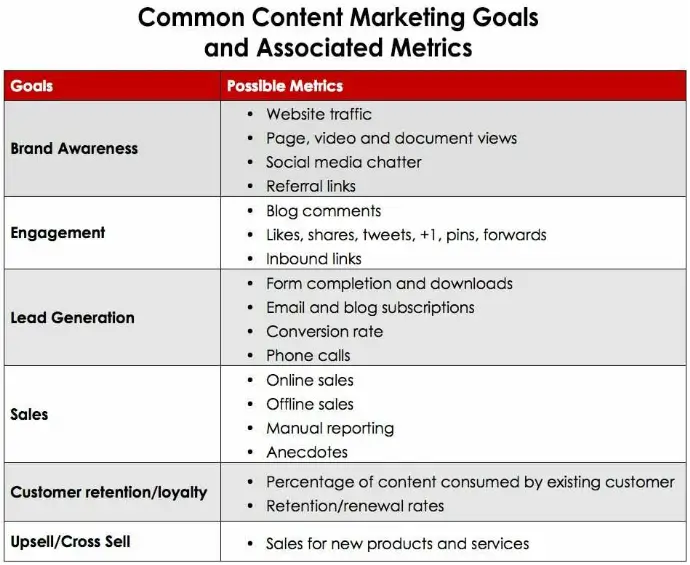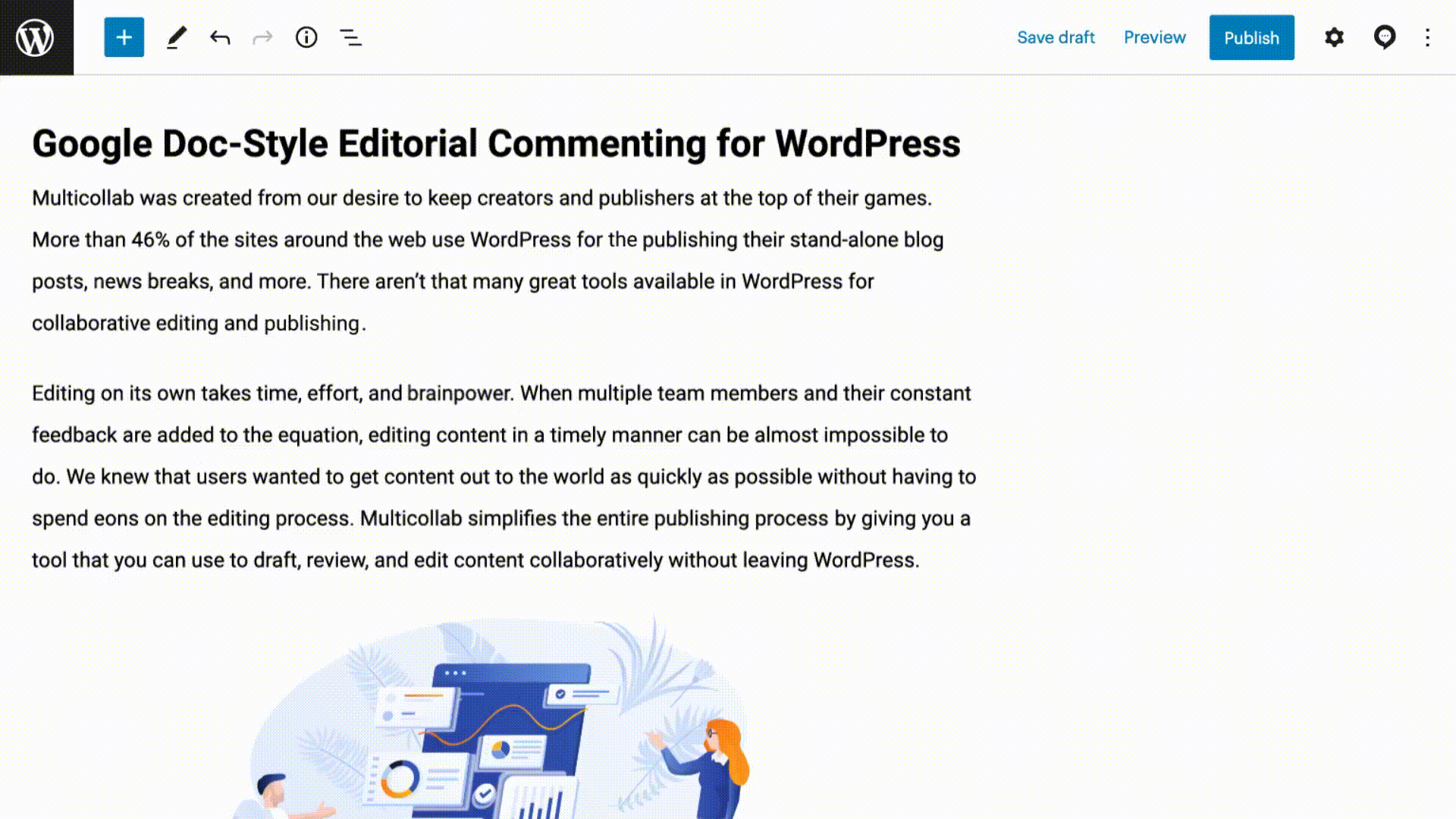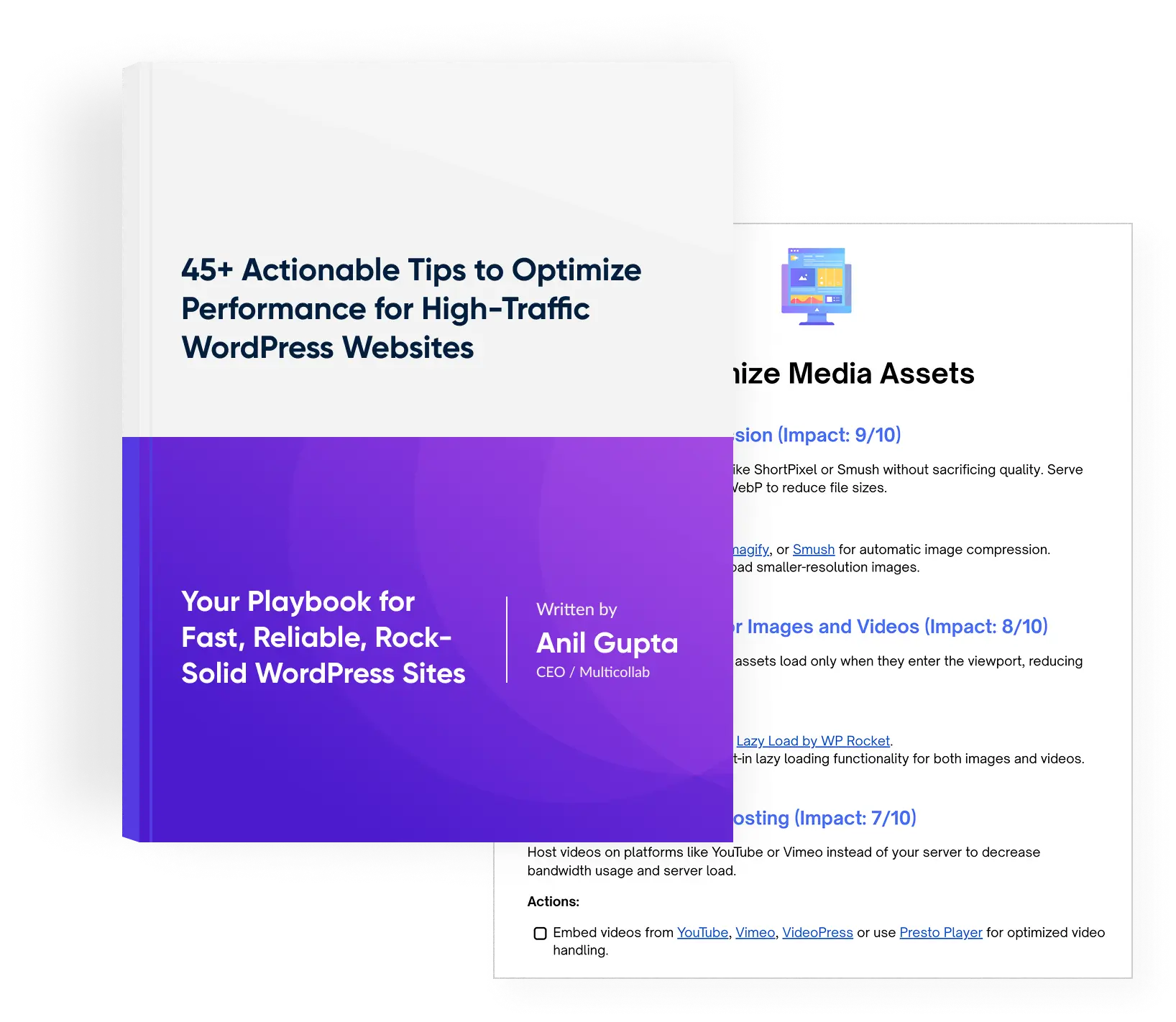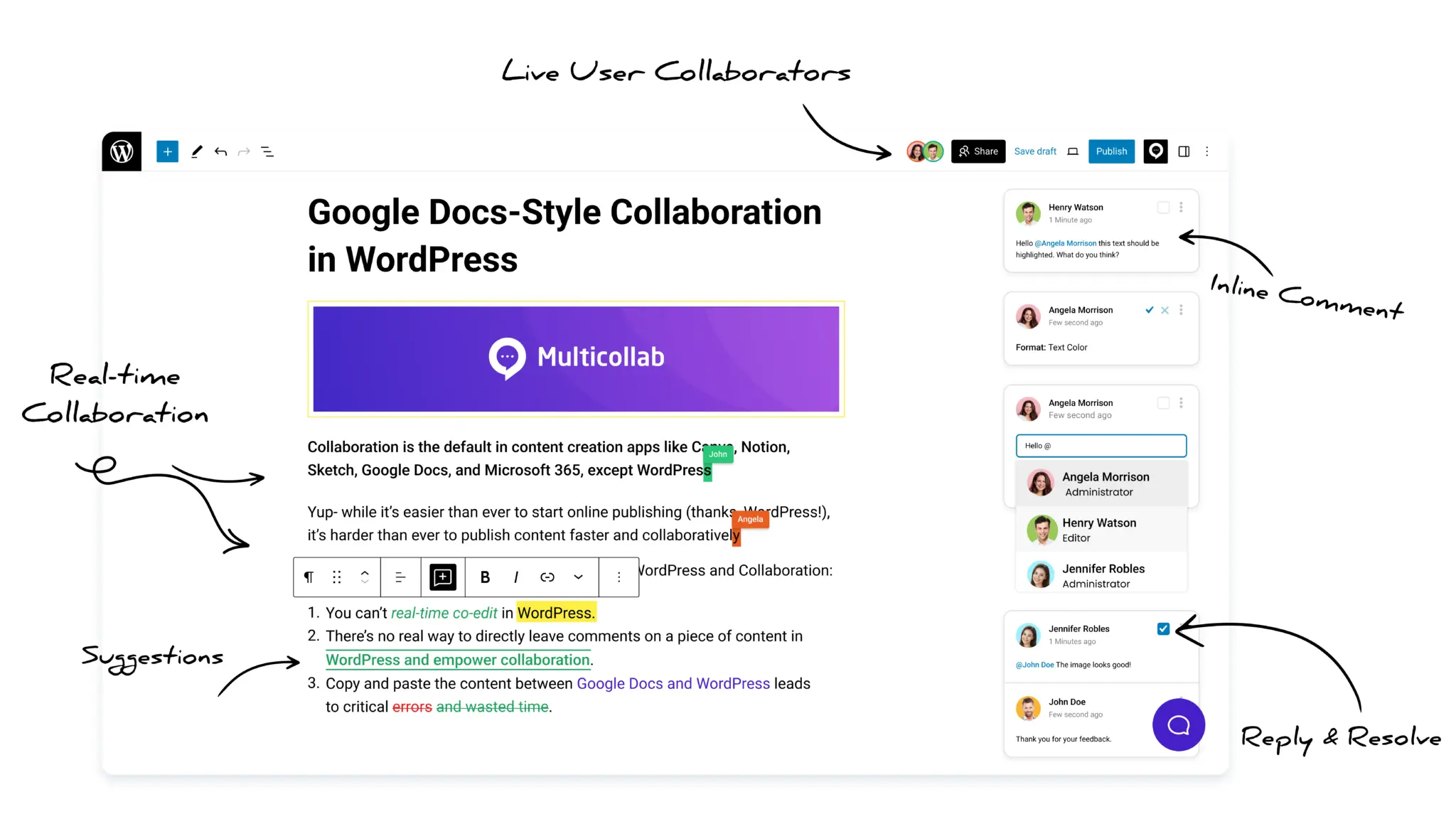Table of Contents
Creating and delivering captivating content is essential for any successful marketing strategy. A well-thought-out and efficient Content Production System is the key to consistently producing high-quality material that engages your audience and drives business growth. A content production system, also known as a content production process, helps you create, edit, publish, and distribute different kinds of content that deliver value to your audience and help achieve business goals.
Usually, a digital content production system consists of seven steps:
- Planning
- Ideation
- Production
- Editing and review
- Publication
- Distribution, and
- Analysis
Benefits of an Efficient Content Production Workflow
- Produce high-quality content consistently enabling you to build a strong brand image and earn your audience’s trust
- Meet the content deadlines without overworking your team or exceeding the budget
- Improve collaboration and minimize confusion among team members and foster a positive work culture
- Stay ahead of the competition by being responsive to the changing market conditions
Factors such as the evolving needs of your customers, budget constraints, and unavailability of the right collaboration tools can make it difficult for teams to maintain an efficient WordPress content production workflow.
Keep WordPress content production system efficient
Let’s look at five best practices that will help you navigate these challenges and keep your WordPress content production system efficient.
1. Define clear goals and objectives
Start by identifying and setting two kinds of goals and objectives: content and business goals.
Content goals are the milestones for your content team such as increasing organic traffic and boosting social media engagement. Business goals are the broader objectives that you want to achieve through content such as increasing brand awareness or subscription sign-ups.
To keep your digital content production process efficient, you need to choose the right content and business goals based on your business’s current growth stage.
For instance, if you are in the early growth stage, focus on building brand awareness and gaining organic traffic. Similarly, if you are in the mature stage, you can aim for goals like entering new markets and producing content for those markets.
Apart from your business’s growth stage, also consider factors such as market trends, customer needs, and your team’s feedback.
Defining your goals will also help you to identify key performance indicators. Keep the following chart handy to make sure you are focusing on the right metrics based on your objectives:

2. Implement a content calendar
Content calendars allow you to facilitate transparent communication among team members and streamline your WordPress content production process to improve its efficiency. Here’s how to create a simple content calendar:
- Determine your content themes and topics
- Set your content publishing frequency and cadence
- Create a calendar template with the fields: date, content type (e.g., blog post, social media post, video), title and description, authors/collaborators, status, and deadline
- Populate your calendar with your planned content based on your publishing frequency and themes
- Share your calendar with your team and stakeholders for visibility and collaboration
To make the most out of your content calendar, keep updating it regularly to ensure its relevance, ensure that every author and collaborator in the team has access to it, encourage your stakeholders to share suggestions to improve it, and remain flexible to adapt to changing conditions to address new and immediate requirements.
3. Establish guidelines for your team
Content guidelines provide your WordPress content team with a framework that helps them maintain a consistent style, tone, and voice across all content produced by the team, which enhances the overall quality and professionalism of the content.
These guidelines also keep your WordPress content production strategy efficient by providing direction for content creation and making the editorial review process simpler.
Keep in mind that these guidelines depend on the goals of your content team and brand (as mentioned above) and evolve over some time. Every WordPress content team is unique and adopting a one-size-fits-all approach while choosing guidelines might be unproductive.
That said, some guidelines can help most if not all, teams to improve the efficiency of their short and long-term content production plans:
- Establish a consistent tone and voice for the content that aligns with the brand personality and resonates with the target audience.
- Optimize the content for search engines by incorporating relevant keywords, meta descriptions, and title tags to improve visibility and search engine rankings.
- Use checklists, particularly during the editorial and review phases, to make sure that the content piece is purposeful and can help you achieve your business goals.
4. Adopt the tools you actually need
Using too many tools will make your website content production process inefficient by increasing the complexity of each step, consuming more time for your authors to both learn and integrate those tools into your process, and decreasing the ROI of your process through higher maintenance fees.
For instance, using third-party collaborative text editing tools like Google Docs make your content production process inefficient because your team will:
- Need to move the content back and forth between Google Docs and WordPress editor during the editorial phase
- Depend on other collaboration tools like email and team messaging apps to exchange feedback on videos and dynamic content
- Have to give external teams unrestricted access to your organizational files which increases the chances of data theft and corruption
Your team needs a scalable and versatile content production tool that allows them to produce quality content without slowing them down.
Multicollab is a WordPress collaborative plugin that enables Google Docs-style commenting on the Gutenberg Editor which reduces your dependency on third-party document collaboration tools during the editorial and publishing process.
Now, your review cycles will be faster and more efficient as your stakeholders can exchange feedback on multimedia content like videos and image carousels.
Multicollab also secures your organizational data by moving your content review phase to WordPress. You can manage permissions based on the roles of the collaborators or create custom roles with specific permissions based on your needs.

5. Measure the performance of your content production process
The performance of your content production system refers to how quickly it produces content pieces for your brand, what is the quality of those content pieces, and how effective they are in achieving your business goals.
You can measure the performance of your WordPress content production process by tracking KPIs such as time to publication and the number of review cycles in addition to key metrics such as page views, social shares, conversion rates, or revenue generated from content.
It is essential to collaborate with your team members to identify areas of improvement based on the outcome of the process to polish your WordPress content production workflow even further.
Creating an Ideal Piece of Content; e.g. a Blog Post
Now, let’s explore the elements that together form the foundation of an effective content production process and how you can elevate your brand’s presence across various platforms.
- Content Ideation and Keyword Research
The foundation of a robust content production process begins with brainstorming creative content ideas and conducting thorough keyword research. Identify target keywords and phrases relevant to your industry, ensuring your content aligns with your overall marketing strategy. This step is crucial for enhancing search rankings and reaching potential customers through platforms like Google Search Console.
2. Streamlined Workflow and Team Collaboration
Create a streamlined content creation workflow that clearly defines specific tasks for each team member involved. From writers and graphic designers to social media managers, ensuring everyone is on the same page helps in maintaining a cohesive approach. Utilize project management tools and set due dates to keep the content creation process organized and efficient.
3. Content Creation Tools and Technical Aspects
Invest in cutting-edge content creation tools that streamline the entire process. Whether it’s graphic design software, video editing tools, or collaboration platforms, using the right tools enhances productivity and creativity. Address technical aspects early on to avoid delays during content production, ensuring a seamless workflow.
4. Content Formats for Diverse Channels
Diversify your content formats to cater to different channels and platforms. From blog posts and social media posts to video content, adapt your content creation efforts to suit the preferences of your target audience. Engage with your existing customers to understand their preferences and tailor your content accordingly.
5. Content Inventory and Management
Maintain a comprehensive content inventory to keep track of your digital content assets. This not only facilitates efficient content production but also helps in repurposing and optimizing existing content for various marketing strategies. A well-organized content inventory contributes to a repeatable process and consistent brand messaging.
6. Content Briefs and Feedback Loops
Implement a detailed content brief that outlines the specific goals, target keywords, and desired outcomes for each piece of content. Foster a feedback loop within your team to continuously improve content quality and relevance. Regularly review content performance using tools like Google Analytics to make data-driven decisions.
7. Content Promotion and Social Media
Develop a comprehensive content promotion strategy, with a strong focus on social media accounts. Leverage relevant channels to connect with your audience and increase brand awareness. Engage with your website visitors and encourage social sharing to amplify the reach of your content.
By establishing a well-defined content production process setting, you create a framework for business growth. Align your content creation efforts with your overall marketing strategy, collaborate effectively with your team, and leverage the right tools to consistently create amazing content. As you refine your approach over time, you’ll find that a streamlined and efficient content production system is a powerful catalyst for success in the ever-evolving digital landscape.
Summing up
An efficient content production system is critical to delivering high-quality content consistently, meeting deadlines, improving collaboration, and staying ahead of the competition.
Clear goals and objectives, content calendars, guidelines, appropriate collaboration tools such as Multicollab, and performance tracking are five best practices that help you maintain an efficient WordPress content production workflow.
| References | |
|---|---|
| 1 | building brand awareness |
FAQs:
1. What is a content production system?
A content production system is a set of processes and tools used to create and manage digital content, including text, images, videos, and audio, for various platforms.
2. What are the steps of content production?
The seven steps of content production are planning, ideation, production, editing and review, publication, distribution, and analysis.
3. How do you manage content production?
To manage content production effectively, it’s essential to establish clear goals, define roles and responsibilities, create a workflow, use project management tools, and measure the performance of the content.
4. What is content production for social media?
Content production for social media involves creating and sharing engaging and relevant content on various social media platforms, such as Facebook, Twitter, Instagram, LinkedIn, and YouTube, to deliver value to an audience.
5. What are the 5 steps of content development?
The five steps of content development include ideation, research, creation, editing, and distribution.
6. What are the tasks of content production?
The tasks of content production include brainstorming ideas, conducting research, writing, designing, editing, formatting, proofreading, optimizing for search engines, publishing, promoting, and measuring the performance of the content.
7. What are the 4 steps of content strategy?
The four steps of content strategy are planning, creation, distribution, and analysis. These steps involve defining your target audience, setting goals, creating a content plan, distributing the content on various channels, and analyzing the results to optimize future content production efforts.







